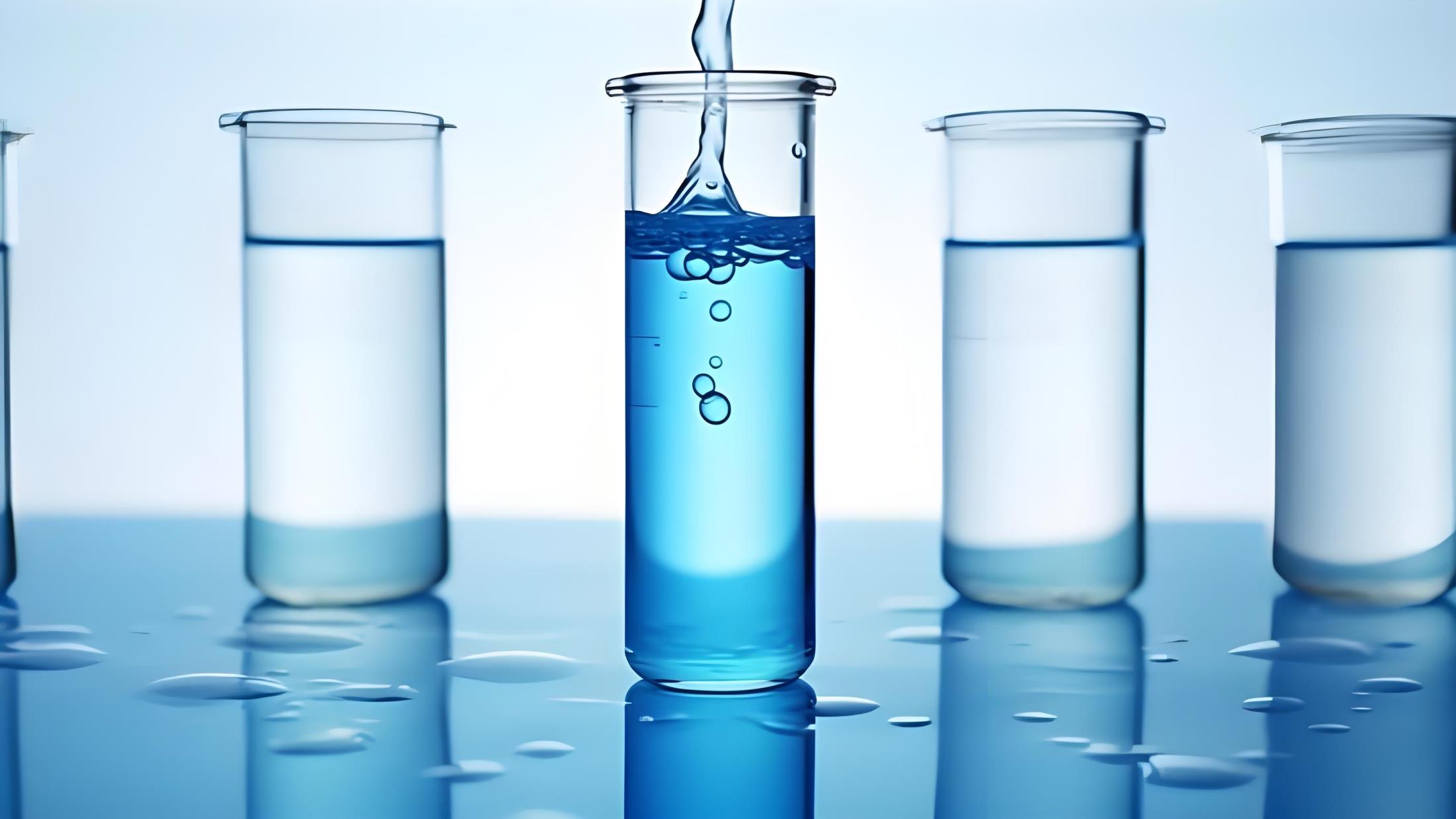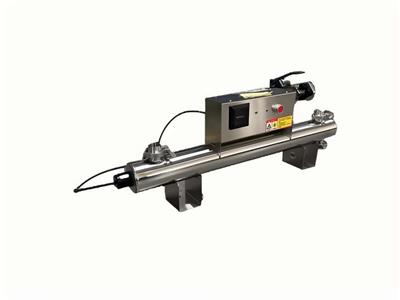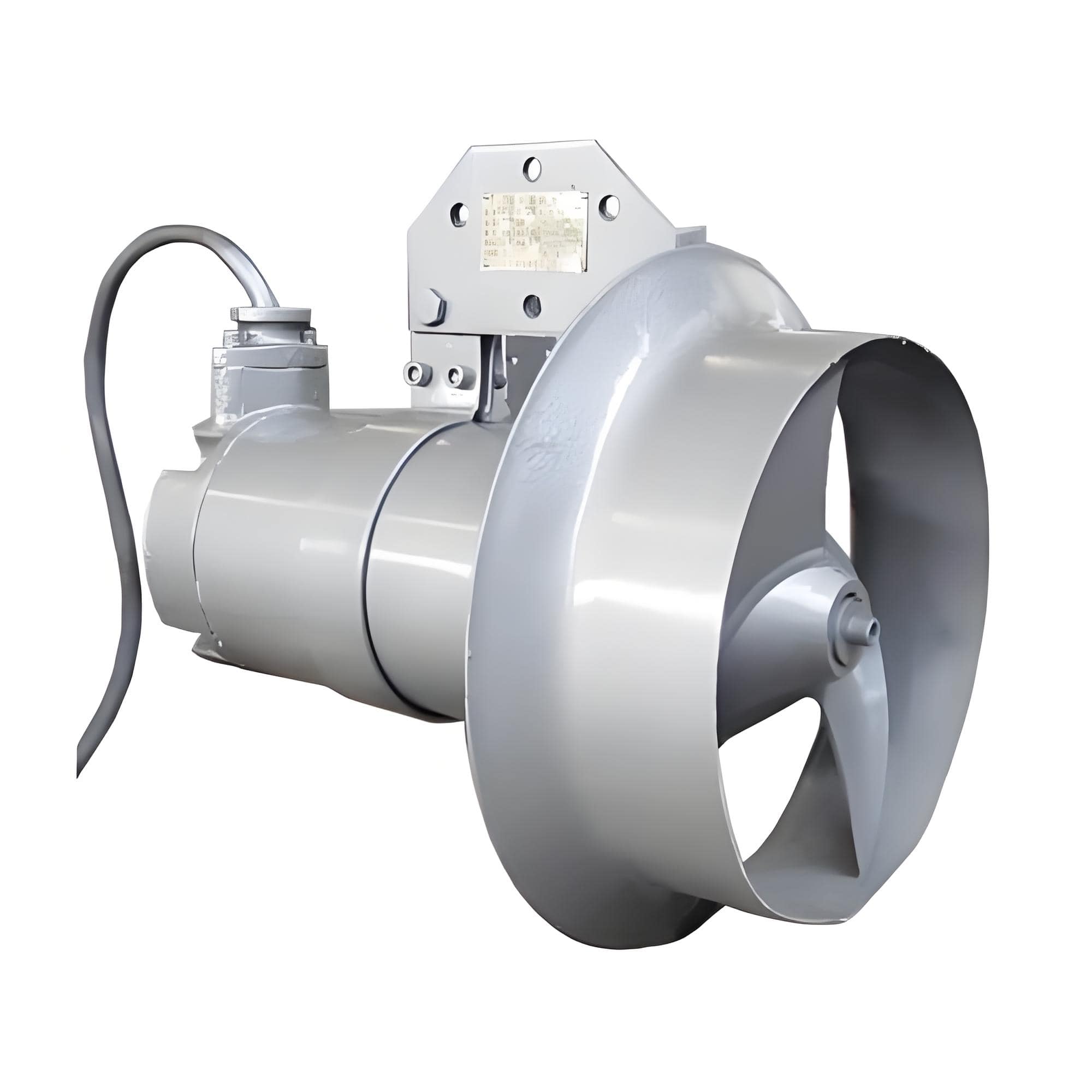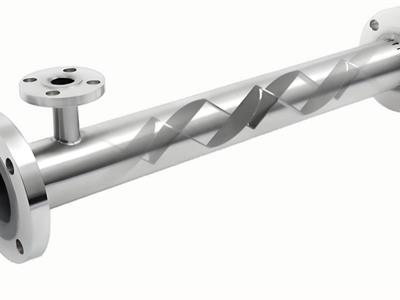- 2025-07-28
Can reverse osmosis remove fluoride from water? How to remove it?
User
Instructions
Instructions
Manual
Please keep this manual in a safe place.
This operating manual is for reference only. Our company may make necessary changes to this manual at any time, without prior notice, to reflect typographical errors or equipment upgrades.
Dear Customer:
You now own a leading water treatment equipment in the world. The purified water it produces is potable, ensuring that your drinking water is clean and beneficial to your health. Before using this equipment, we recommend that you read this manual carefully. After familiarizing yourself with the relevant information, safety precautions, and precautions, please strictly follow the instructions in this manual. This will ensure that you maintain proper daily operation and maintenance, thereby maximizing the equipment's performance and ensuring a consistent supply of purified water. If you encounter any difficulties during use, please contact your local dealer, who will dispatch a specialist to assist with commissioning or repairs.
Please keep this manual in a safe place so that you can review it as needed.
Preface: Operating Instructions and Precautions
(I) Equipment Installation and Precautions
Please transport and install this machine in accordance with the regulations. Our company assumes no responsibility for any damage to the machine caused by failure to follow these instructions.
Lift and lower the machine with care. If using a forklift, place wooden boards or cardboard between the machine and the forklift to prevent scratches or abrasions on the machine surface.
This machine uses a 380V (220V), 50Hz AC power supply and must be connected using a dedicated leakage protection device and wiring. Important: Each power supply must be connected strictly according to the specified wire size and must not be connected incorrectly, otherwise the machine will be damaged.
Since transporting this machine may cause screws to loosen, please check all screws for any looseness. If any, tighten them immediately.
Check all pipes for leaks. If any, seal them with adhesive specifically designed for UPVC pipes.
Check all wiring for damage. If any, replace them promptly.
When cleaning this machine, do not spray water directly onto the water pump, electrical control box, or switch panel to prevent component malfunction, electrical leakage, machine damage, and personal injury.
(II) Pre-Operation Precautions
Please perform pre-operation maintenance in accordance with regulations. If this is not done, the machine will be used with this machine. This operating manual is based solely on the equipment used.
Our company assumes no responsibility for any damage to the machine caused by failure to follow these instructions.
Before operation, check that the pipe valves on the equipment are opened and closed correctly. If any errors are found, correct them immediately. Failure to do so may damage the equipment pipes and filters, or damage the water pump due to dry operation.
Ensure that the equipment input circuit is normal and that the equipment's electrical components are functioning properly and undamaged.
Ensure that all filters on the equipment are functioning properly and unblocked, and ensure regular forward and reverse flushing and maintenance.
Check that the medicine tank in the equipment's dosing device is sufficiently liquid and refill it promptly.
After starting the machine, check the operating pressure and flow rate of each stage of the equipment.
Check that they are normal. If any abnormalities are found, promptly rectify them.
Before producing water, flush the RO membrane for 5-10 seconds.
(III) Safety Precautions
When using this machine, please strictly follow all operating procedures. Our company will not be responsible for any damage caused by failure to follow these procedures.
Before starting the machine, check all electrical wiring for loose connections or looseness.
Do not place any part of your body inside the machine while it is running.
Do not touch or remove any fastened terminals, pipes, or pressure vessels while it is running.
All screws and slip knots must be tightened before the first test run.
Regularly check all sensor switches for looseness or malfunction.
Non-professionals are prohibited from disassembling this machine without authorization. Any damage will be at your own risk.
I. Overview
This machine utilizes imported, renowned reverse osmosis (RO) membranes and the most advanced international reverse osmosis water treatment technology to purify water. It removes fine impurities, colloids, organic matter, heavy metals, soluble solids, bacteria, viruses, pyrogens, and other harmful impurities from raw water, retaining only water molecules, dissolved oxygen, and trace minerals beneficial to the human body. Its effective removal rate is ≥98%. It utilizes a carefully crafted, renowned booster pump, offering low noise, minimal vibration, a long service life, and reliable operation.
Pretreatment utilizes manual or automatic backwashing. The filter element is replaceable, ensuring effective pretreatment and convenient, cost-effective replacement, resulting in low water production and operating costs.
Automatic and manual flushing of the RO membrane effectively prolongs its life. The water production process is automatically controlled (the unit automatically shuts down when raw water is insufficient and automatically shuts down when the water storage tank is full).
II. Process Flow
Well water → Raw water pump → Multi-media filter → Activated carbon filter → Scale inhibition system → Fine filtration system → High-pressure pump booster system → RO membrane → Purified water (subject to actual equipment configuration)
III. Main Technical Parameters
Power supply rated voltage: AC 380∨ (220∨) 50Hz
Power output: 2-30 kilowatts/hour
Purified water output: 0.25-10 tons/hour (at 25°C)
Working pressure: ≤1.2 MPa
Influent pH: 6.8-7.5
Removal rate: 98% of fine impurities, colloids, organic matter, heavy metals, soluble solids, bacteria, viruses, pyrogens, and other harmful impurities are removed, leaving only water molecules, dissolved oxygen, and trace mineral elements beneficial to the human body.
Operating ambient temperature: 5-40 degrees Celsius
Anti-electric shock protection type: Class II
Source water quality: should comply with the indicators of GB5749.
IV. Structural features and operating procedures
Pretreatment part:
(1) Sand filter and carbon filter tanks need to be backwashed regularly, generally 1-3 times a week, and each tank should be flushed for about 15 minutes each time. When flushing, follow the principle of repeated forward and backwashing. Move the handle according to the instructions on the multi-way valve to complete the operation.
(2) Fine filter needs to be regularly checked and replaced with PP filter element.
(3) The scale inhibitor needs to be regularly added to the medicine box of the dosing device. The appropriate scale inhibitor dosage should be selected according to the water output of the equipment 1;10.
RO main unit part:
(1) RO membrane needs to be regularly flushed, chemically washed, and replaced.
(2) Raw water pressure gauge: refers to the inlet pressure of the high-pressure pump. The pressure can be used to determine whether the water inlet is sufficient. The half-pressure is 0.05Mpa-0.35Mpa.
(3) High-pressure pump outlet pressure: refers to the outlet pressure of the high-pressure pump, which is also the working pressure of the RO membrane. The general pressure is about 1.0Mpa, and the maximum is 1.3Mpa.
(4) Concentrated water pressure: refers to the outlet pressure of the reverse osmosis membrane, which is the wastewater outlet pressure. Its pressure range is the same as the outlet pressure of the high-pressure pump.
(5) Pure water flow: refers to the water output of the RO membrane, in gallons/minute or liters.
(6) Concentrated water flow: refers to the wastewater discharge of the RO membrane, in the same unit as above. Under normal pressure conditions, the ratio of pure water flow to concentrated water flow is between 1:1 and 1:3.
(7) Conductivity meter: can detect the water quality of the produced water online according to GB94-1999.
(8) External control start: When the main power is turned on, turn on the power switch and the raw water pump switch. At this time, the raw water pressure gauge of the equipment starts to display. When the pressure of the raw water pressure gauge rises to above 0.1Mpa, turn on the high-pressure pump switch. The high-pressure pump and the water inlet solenoid valve are opened at the same time to start producing pure water. When the raw water pressure drops, the protector will automatically start to cut off the power supply to prevent the equipment motor from idling and causing damage. When the pure water tank is full, the equipment will automatically shut down. When the water level in the pure water tank drops, the equipment will automatically start to replenish water.
V. Maintenance
To ensure the normal operation of the equipment and the full play of the effectiveness of each filter, and to ensure that the water quality meets the standards, users should pay attention to regularly flushing, restoring and replacing the equipment filter material. The service life of the filter material depends on the quality of the water source, the amount of impurities contained, and the amount of purified water used.
VI. Common Fault Analysis
| Fault Symptom | Cause Analysis | Troubleshooting |
|---|---|---|
| Difficulty starting up smoothly | Pure water tank full | Check water tank |
| Is the power supply normal? | Check power supply | |
| High pure water conductivity during initial startup | Operating pressure outside the rated range and the membrane pressure regulating valve is tightly closed | Adjust the operating pressure to the rated range but do not tightly close the regulating valve |
| Poor water taste or odor | Activated carbon adsorption capacity saturated, unable to effectively absorb odor and residual chlorine | Replace activated carbon filter media |
| Significant decrease in water output | High raw water hardness leads to scaling of the RO membrane | Install an automatic water softener and clean the RO membrane |
| Low water temperature, normal decrease in water output | Inlet water can be heated, but not exceeding 45°C | |
| RO membrane contaminated with organic matter | Clean the RO membrane with Type B detergent | |
| Abnormal operation | Dirty PP filter element | Replace the filter element |
| Electrical components may be damaged | Check components and troubleshoot |






